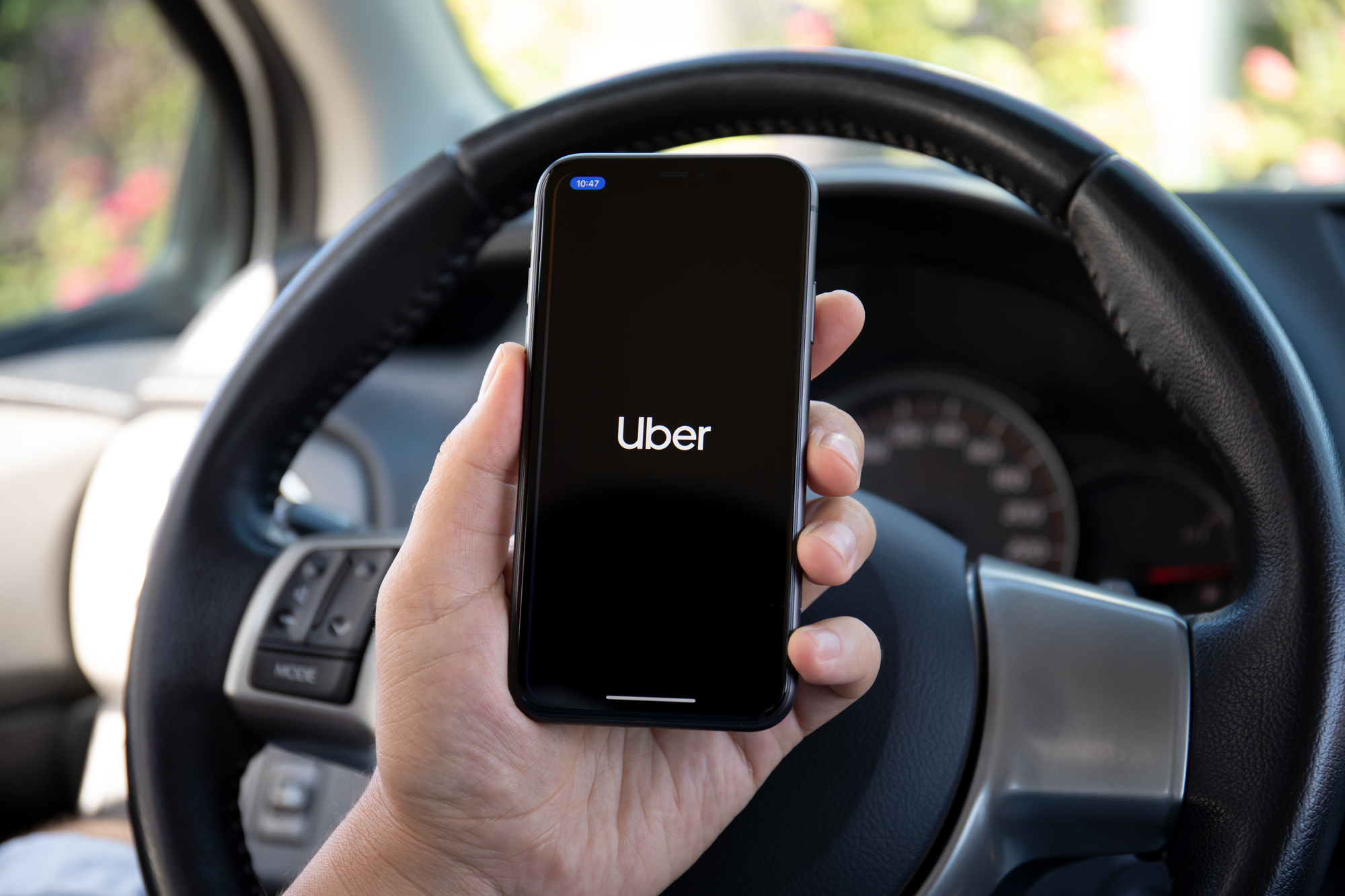
Most people don’t give thought to rideshare services gone wrong until it’s too late. The same is true for taxis and limos. What happens if you’re traveling as a passenger in a rideshare car and an accident occurs? Who’s responsible for what? What if you’re struck as a pedestrian or bicyclist by rideshare vehicle?
The 1st issue will be who caused the accident? If the tortfeasor (the negligent party at fault) was not the rideshare driver, it is the tortfeasor who will be responsible to you for any injuries or losses caused by their negligence. On the other hand, if the rideshare driver caused the accident, then they’d be responsible to you. If both drivers are at fault, then it’s a case of “shared liability” of both drivers. This can be a complicated determination, requiring findings made by the Police, eyewitnesses, images caught by video, dash cam or street surveillance cameras, plus other evidence that may be available, (road gouges, debris field, vehicle damage, and the like).
The 2nd issue will be the extent of your injuries. Are they superficial and likely to heal quickly, or are they far more extensive requiring a course of protracted medical care?
The 3rd – and very significant issue will be insurance coverage of the responsible parties. This is the area that most people don’t think about until they have to. Unfortunately, insurance issues in rideshare cases are rampant. There is no ‘one size fits all’; coverage issues are myriad and complex. Who is the vehicle owner? Was it a personal vehicle? What was the driver’s relationship to the rideshare service? Was the driver freelance, an “independent contractor,” or an “employee” of a taxi cab or rideshare company? Was the rideshare driver logged in to a company app such as Lyft or Uber? Did the driver’s personal insurance allow for business use? What was the operator’s driving history? Was the operator allowed to drive for the rideshare company despite a poor driving history? Was the driver under the influence of drugs or alcohol? These are just a few of the critical questions and issues that must be addressed one-by-one in every negligence claim with rideshare accidents.
The riding public should know that there are dozens of pending cases in the Connecticut courts alone involving rideshare accidents. The rideshare companies defending these cases typically fall back on several defenses, including: That the driver was not in an employment relationship with them, but, rather, an “independent contractor” whom they “did not employ, hire or control,” thereby attempting to leave the driver’s personal auto coverage as the only coverage available to a party injured by a rideshare driver. Pedestrians, joggers and bicyclists are also the victims of taxi, limo and rideshare vehicle accidents.
THE CRITICAL QUESTION
Assuming a rideshare driver was at fault for causing an accident with injuries, exactly what insurance coverage is available to you, as the injured party, could depend upon this question: In what “phase” of travel was the rideshare?
- Phase 0: The driver is not logged in, is offline, or the rideshare app is off. In this stage, you are at the mercy of whatever personal coverage the driver had at the time of the accident, as well as whatever personal coverage you may have had to protect you in these circumstances. The Company coverage of Lyft and Uber will not protect you.
- Phase 1: The driver is online, the app is on, but has not accepted a ride request. Here Uber/Lyft provide 50/100 coverage IF the accident is the driver’s fault [‘50/100’ means up to a maximum $50,000 per person, with up to a maximum of $100,000 total liability per accident.]
- Phase 2: Here the driver has accepted a ride request and is on the way to pick up the passenger/customer. In Phase 2 liability coverage increases to $1 million.
- Phase 3: The passenger/customer is IN the car, and until the passenger is dropped off at the destination requested. Liability coverage is $1 million.
As seen above there are several variables involved in a ‘coverage’ analysis. The exact time of each variable can be critical. Companies can dispute the ‘Phase’ of the ride, and whether the app was “on” at the time of the accident. This issue alone could lead to years of contested litigation, aside from the numerous other issues that must be proven in a negligence case.
One way to protect yourself and family members is to explore 1st party UM/UIM insurance coverage on your personal auto policy. Speak to your insurance representative, agent or insurance company and confirm that this coverage protects you should you or a family member be the innocent victim of a rideshare driver who has inadequate coverage limits for any reason.
If you or someone you know has been the victim of a taxi cab, limo, Lyft, Uber or other rideshare accident, contact me, Attorney Harvey J. Kulawitz and my law firm for legal representation. We will help you recover monetary damages for the injuries and losses caused you by a rideshare accident.




